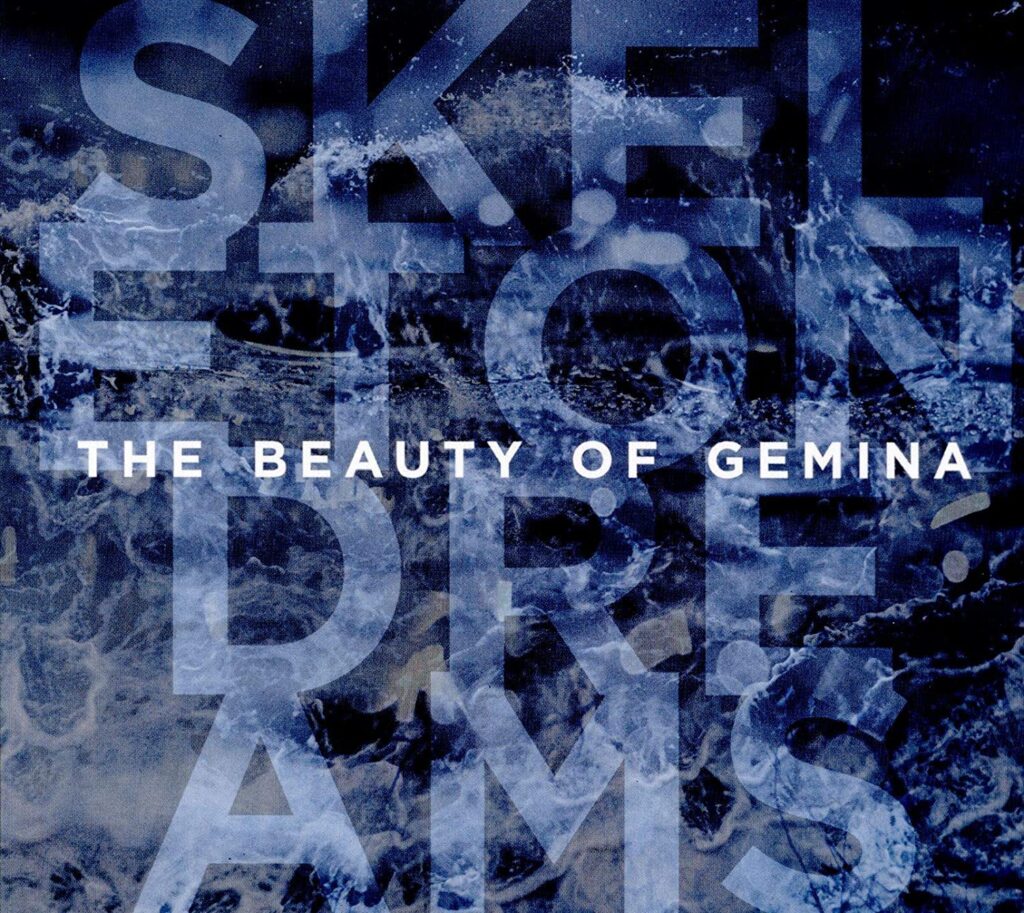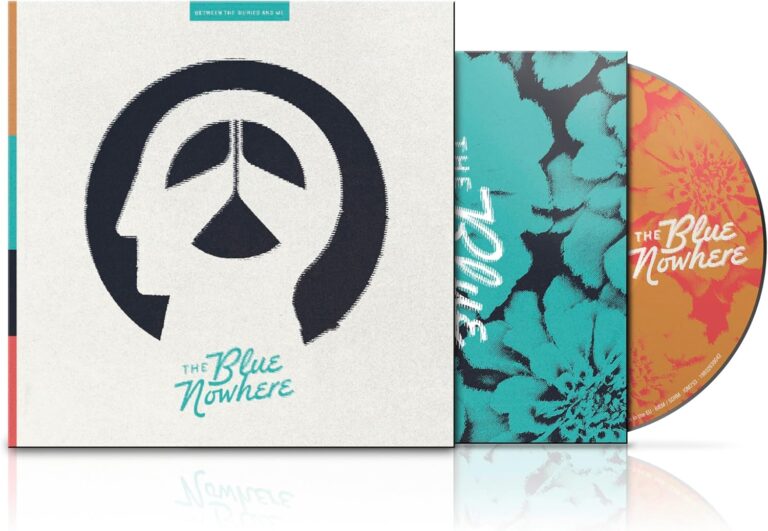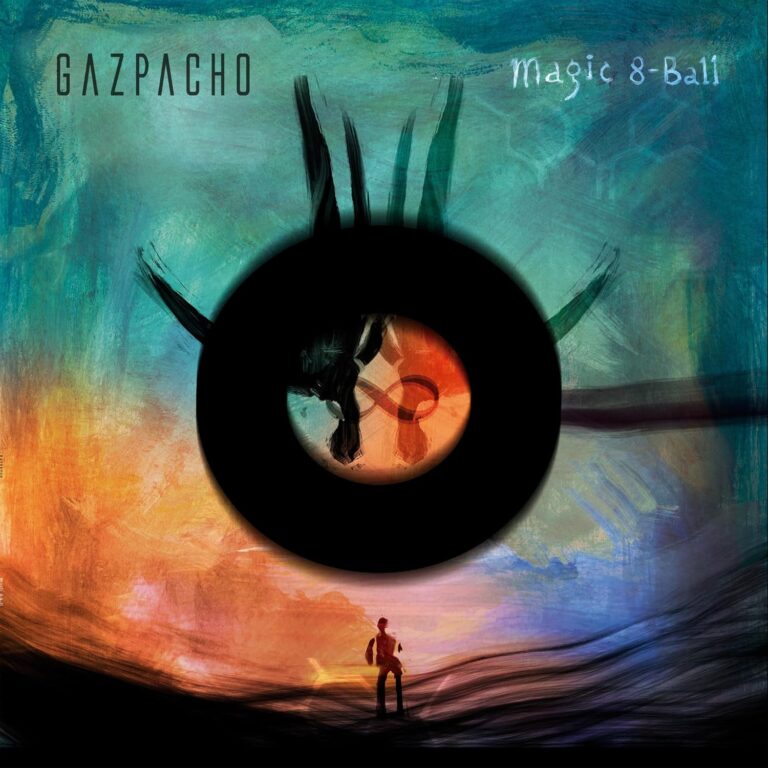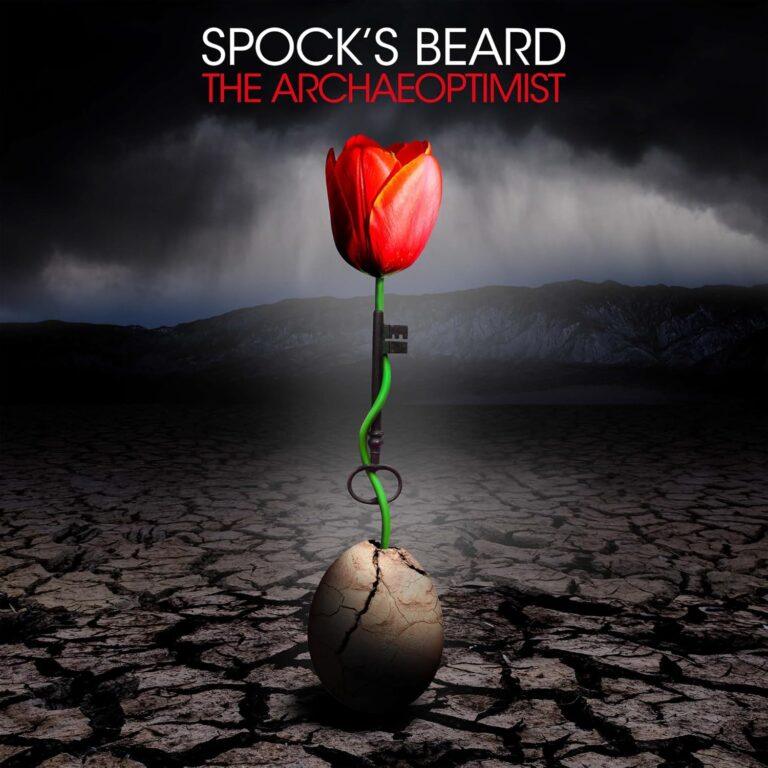
Introduction
Skeleton Dreams is the ninth album from Swiss art rockers The Beauty Of Gemina. A subtle album, it does not reveal its charms immediately and it requires several listens before the gorgeous production flourishes of band leader Michael Sele fully reveal themselves. Once they do, you find an album steeped in post punk influences and atmosphere. Yet Skeleton Dreams is no mere throwback. Rather, it proves to be a strangely timeless album that sees the band using carefully sculpted layers of sound to entice the listener into their shadowy world of smoke and mirrors.
The album opens with A Night Like This, a track awash in atmosphere and reminiscent of The Cure’s Seventeen Seconds – all creeping bass and echoing guitar lines. A dark piece of music, Michale Sele’s rich vocal tones evoke a sense of gothic melodrama that gives greater weight to an album that calmly explores a variety of moods and textures over the course of its fourteen tracks. The track fades down (a touch abruptly) before the subtle shuffle of Naked emerges as a sort of Sisters Of Leonard Cohen piece that benefits from the lovely acoustic stabs that pierce the gloom. One of a number of tracks that adopts a more stripped-down approach, Maybe God Knows is a gorgeous gospel blues that tips a nod towards latter-day Bob Dylan (think Tempest), Michael slowly coaxing new elements into the mix as we drift towards a beautifully layered chorus. In contrast, whilst Friends Of Mine offers a beautiful performance, it cleaves a touch too close to Nick Cave for comfort, and it is with some relief that the crunchy, industrial-strength sounds of Resurgence seek to draw the album to a place where the blues are reimagined via dystopian synth patches. The synths remain, underpinning the lovely descending chords of Where Has It All Gone, a track that edges into the sonic territory of No Man. In contrast, the particularly mesmerising Rainbow Man provides a soundtrack to isolation; Michael drawing beauty out of desolation to craft something that is both harrowing and cathartic in equal measure.
Having seduced the listener with the darkness of Rainbow Man, the fast-paced Dark Suzanne does a good job of setting the stage for a glistening cover of the Sisters Of Mercy’s Nine While Nine, a tasteful version delivered with just the right note of melodrama. Another album highlight can be found in the dusky notes of I Come To Grief. Cinematic in scope and bluesy in delivery, its nearest relation would be the recent solo works of Mark Lanegan and, like Lanegan, Michael Sele has that rare ability to ensnare the listener with his voice alone, the sparse backing only serving to emphasise the power of his storytelling. The influence of The Cure returns on Apologise, although it’s the pop-infused Cure of Kiss Me, Kiss Me, Kiss Me, complete with coiled guitar work and slinky bass. It serves as a light palette cleanser before the wonderfully pared-back lament of The World Is Going On summons the ghost of Leonard Cohen for a moment of intense vulnerability. The album proper ends with the lonely piano of Hold On To This Night, a reverb drenched piece that echoes in the memory long after the disc has stopped spinning. There only remains a bonus in the form of Where Has It All Gone (Desert Mix), which gives the track added dancefloor heft.
Final Thoughts
A haunting album that seems to throw up a different favourite every time you listen to it, Skeleton Dreams is deeply compelling. Very much an album that repays repeated listens, the subtlety of Michael’s deft production stands in contrast to the sonic overload so many bands feel compelled to employ, and even after a fortnight or so of listening, it still manages to surprise, suggesting that this will be an album that will continue to inspire in years to come. 8.5




